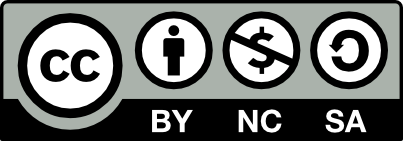Structural Modification in Oleanolic Acid for Antiviral Activity
DOI:
https://doi.org/10.61925/SWB.2023.1202Keywords:
Oleanolic Acid, Conjugation, Triterpenoid, Antiviral Activity, DerivativesAbstract
Oleanolic acid (OA) is a triterpene of the pentacyclic oleanane-type that is derived from several edible and medicinal plants. It exhibits a wide spectrum of pharmacological effects and possesses significant therapeutic potential. The usage of Oleanolic acid doesn’t have wide application, to increase its therapeutic effects several studies on structural changes of OA have been conducted. The objective is to study and explain current developments in medicinal chemistry of OA derivatives, with a focus on the structural modification of OA in recent years (2010–21).
Most causes of worldwide deaths are Herpes, Hepatitis, Human immune deficiency virus (HIV) and influenza. There is a critical need for the discovery of new and robust antiviral medications, as evidenced by the dearth of efficient treatments or vaccines for the addressing the many viral diseases through prevention and therapy as well as the sharp rise in new viruses that are resistant to drug. Natural products drug discovery is one of the most valuable sources. There are several different techniques and chromatography platforms that may be utilized in order to extract and isolate oleanolic acid, which is a pentacyclic triterpenoid found in a broad variety of plant species, including fruits and vegetables. This study found that modification of Oleanolic acid structure at various sites for antiviral activity.







.png)


